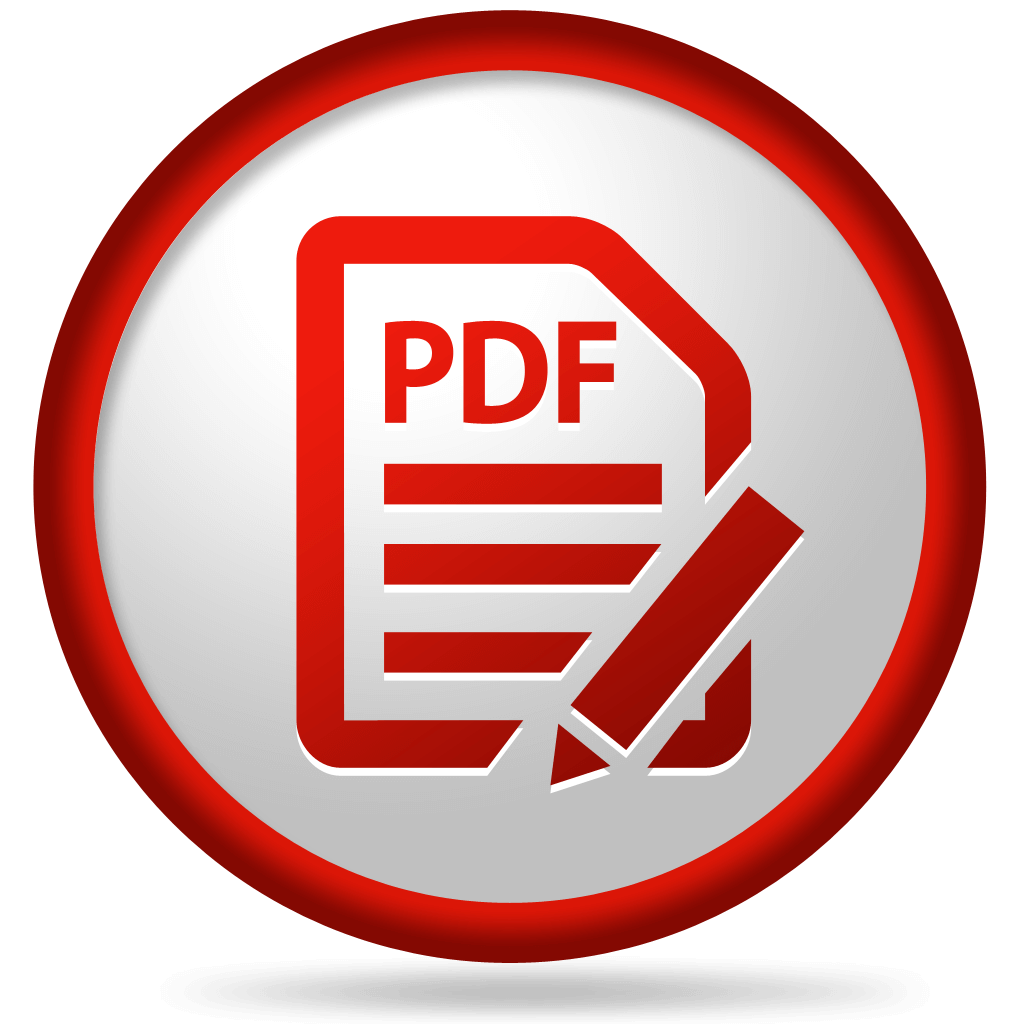Transcription:
Being a do-it-all player is as much about vocabulary as it is about time & feel. Having a deep, internal reference of grooves and approaches from those that came before goes a long way towards identifying and discovering your own approach. In order to truly understand the role and approach of a great pocket player you have to have done your homework!
Due to copyright laws, I can’t just add my favorite tunes and streaming audio of their music but I can give you a list as a launching point and provide some public YouTube videos as a launching point.
I’ll also include a list of common tunes that you’ll be expected to be familiar with on some level (if not know outright). Many of these are more common on cover/top 40 gigs but learning these classic lines are fantastic for your bass line development and groove vocabulary.
The real pro will have enough music under their belt and in their head that, even if they don’t exactly know a tune, they’ll know it enough to give a reasonable facsimile (and will often have the ‘ears’ in shape and be able to work out the lines they can hear in their heads in real time, to a degree).
Again, this is just a launching point for you. Tailor your transcriptions to your own aesthetics and genre preferences. If you want to be working pro though, don’t ignore the master song list. You don’t have to have them all on instant recall, but you should work through enough of them to have a solid vocabulary and point of reference for the respective genres and eras.
Bottom line, find the music you love and the players you’d like to emulate and start learning their bass lines, one note at a time.
Wish you had that ‘Jamerson thing’? Start learning a TON of Jamerson (by ear don’t just find the tab… find it on your fretboard by ear, repeat it, play with the album over and over. Chase the tone, feel and lines… internalize it…. THEN it begins to become vocabulary!
I could post a hundred videos from each of these players and then think of a hundred players that I missed here. Do some research and explore who played on your favorite albums… If somebody here resonates with you, do some digging and find more. I’ll just post one video from each of these world class players! Additionally, most of these players have a loooong list of credits. Google each of them and check out the versatility!















